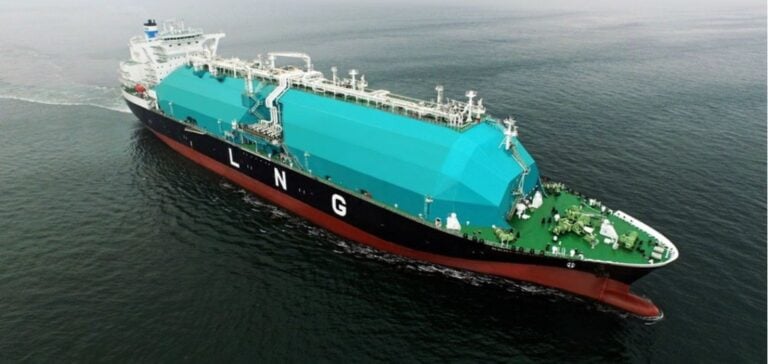The reduction in domestic gas allocations for City Gas Distribution (CGD) companies in India has compelled them to seek alternatives. Regasified liquefied natural gas (RLNG) markets are becoming crucial to meeting the growing demand and bridging the supply gap.
Reduction in Domestic Allocations
Since the week of November 11-15, leading sector players like Indraprastha Gas, Mahanagar Gas, and Adani Total Gas have experienced allocation reductions ranging from 13% to 20%. These reductions have decreased domestic supplies to approximately 40% of requirements, compared to the previous 64% to 67%.
The companies reported these developments to stock exchanges on November 16, highlighting the potential impact on their profitability. To compensate, they are increasingly turning to RLNG, which is significantly more expensive than domestic gas.
Impact on Prices and the Market
This growing reliance on RLNG is reflected in market trends. Indraprastha Gas has already issued a tender to purchase 2.2 million standard cubic meters per day (MMSmcd) of RLNG for December. Other companies are expected to follow suit to secure their supply needs.
Transactions on the India Gas Exchange (IGX) reached 652,700 million British Thermal Units (MMBtu) for the week of November 11-15, indicating heightened activity. Similarly, a tender issued by Gujarat State Petroleum Corp (GSPC) on November 12 was awarded at approximately $13.8/MMBtu for December delivery.
The West India Marker (WIM) benchmark, which tracks LNG prices delivered to western India, was assessed at $13.5/MMBtu on November 15, with a December average of $13.21/MMBtu. These rising prices are likely to affect end consumers.
Implications for Companies and Consumers
Increased reliance on RLNG presents operational challenges for gas distribution companies. They face higher procurement costs, which are often unavoidable, while maintaining their financial stability.
For consumers, especially in residential and industrial sectors, this shift could lead to price increases, making gas less accessible for certain users.
Finally, this transition alters the dynamics of India’s gas market, where subsidized domestic gas has traditionally played a critical role in price stabilization. The growing use of RLNG may redefine this balance in the coming months.






















